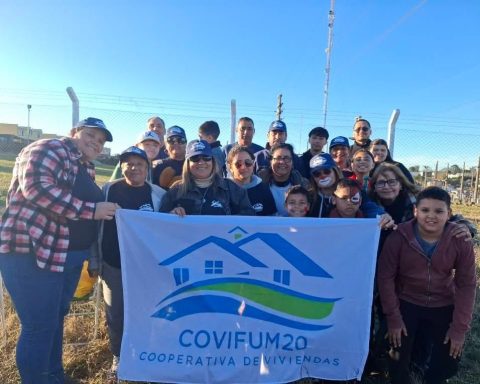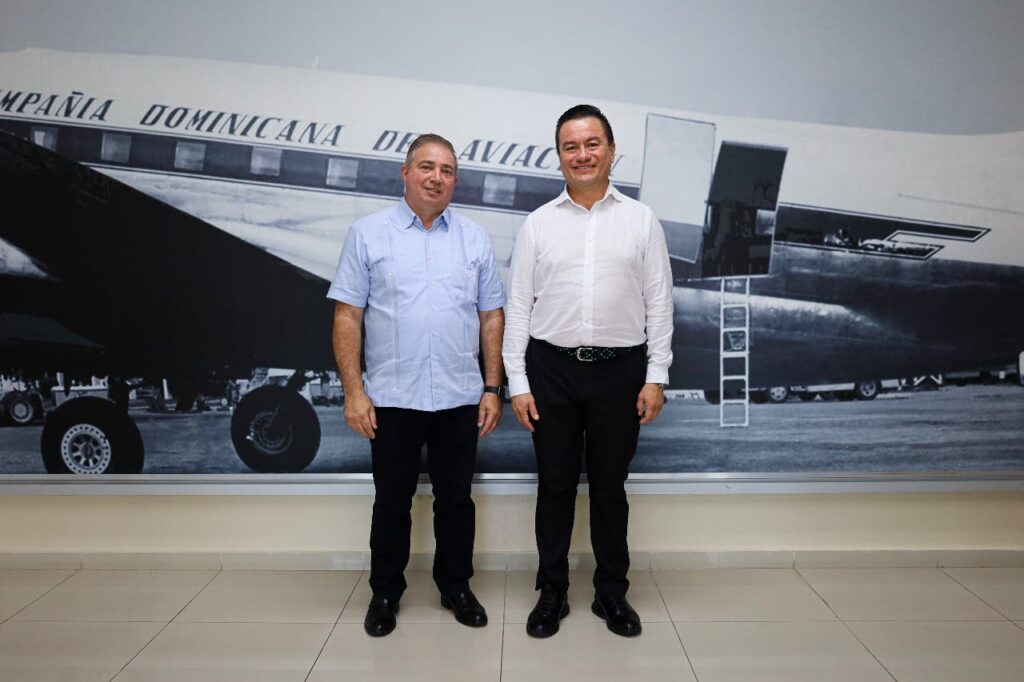Sooner rather than later, in an effort to innovate, I have to get out of the building and talk to real customers.
For example: I sell software development services and I want to grow in the SME segment. Or I develop medical equipment and want to know the best way to commercialize a new technology. Or I want to position myself better in front of the new generations of clients, so as not to become obsolete. I can debate opinions at my meeting table to see who knows more, invest on a “hunch”, or go by my instincts. Or do something better: go out.
High resolution
My preconceptions and stereotypes have low resolution. They are like a pixelated photo.
I can think that the owners of SMEs are not very sophisticated, that the nurses have no influence on the equipment used and that young people prefer to do everything by cell phone.
And when I get out I’m surprised. I speak with owners of SMEs who are very clear about their business, and have a strategic orientation that would be the envy of many larger companies.
I find out that health personnel can greatly influence equipment decisions. I breakfast that young people do not use the cell phone for absolutely everything, but prefer face-to-face interactions in certain cases.
These findings have profound implications for my business. They have the richness, the color and the contradictions of life itself. Their joys, hopes and miseries.
And one may ask, what does that have to do with my business? Everything.
To innovate well, we need high resolution maps.
Observation and motivation
Years ago, during an innovation project, I went to visit the medical material sterilization area of a hospital. A critical task, one of those that is taken for granted.
With the patience of a grandmother, the boss explained to me how the equipment was used, the process, the daily difficulties and the perks of the trade.
The skill to prepare packages of material to be sterilized. The balance between taking advantage of the “bake”, but leaving enough space between these packages so that the heat reached everywhere, and how they made the most of time and material, always scarce.
A morning with them (this particular team was all women) also taught me how they related, some of their codes, the colors of their personalities, and various house jokes. The pride they felt for that invisible and vital work, enlivened by the music of a veteran radio. She made me want to help so much!
I came back with a lot of ideas to innovate, with very clear priorities, well-incorporated nuances and with the desire to make a difference for those clients.
In first person
A report doesn’t make you want to. In an exploratory effort, if you are going to go out into the field, do it personally and with your team. If, in addition, you have the opportunity to hire a research company, better yet, do it too. But you also came out. Give yourself permission to learn and also to get excited.
Nothing replaces the field. The field changes you, shapes you as an innovator and, above all, makes you humble, which is the first step in helping through innovation. The field is everything.


















